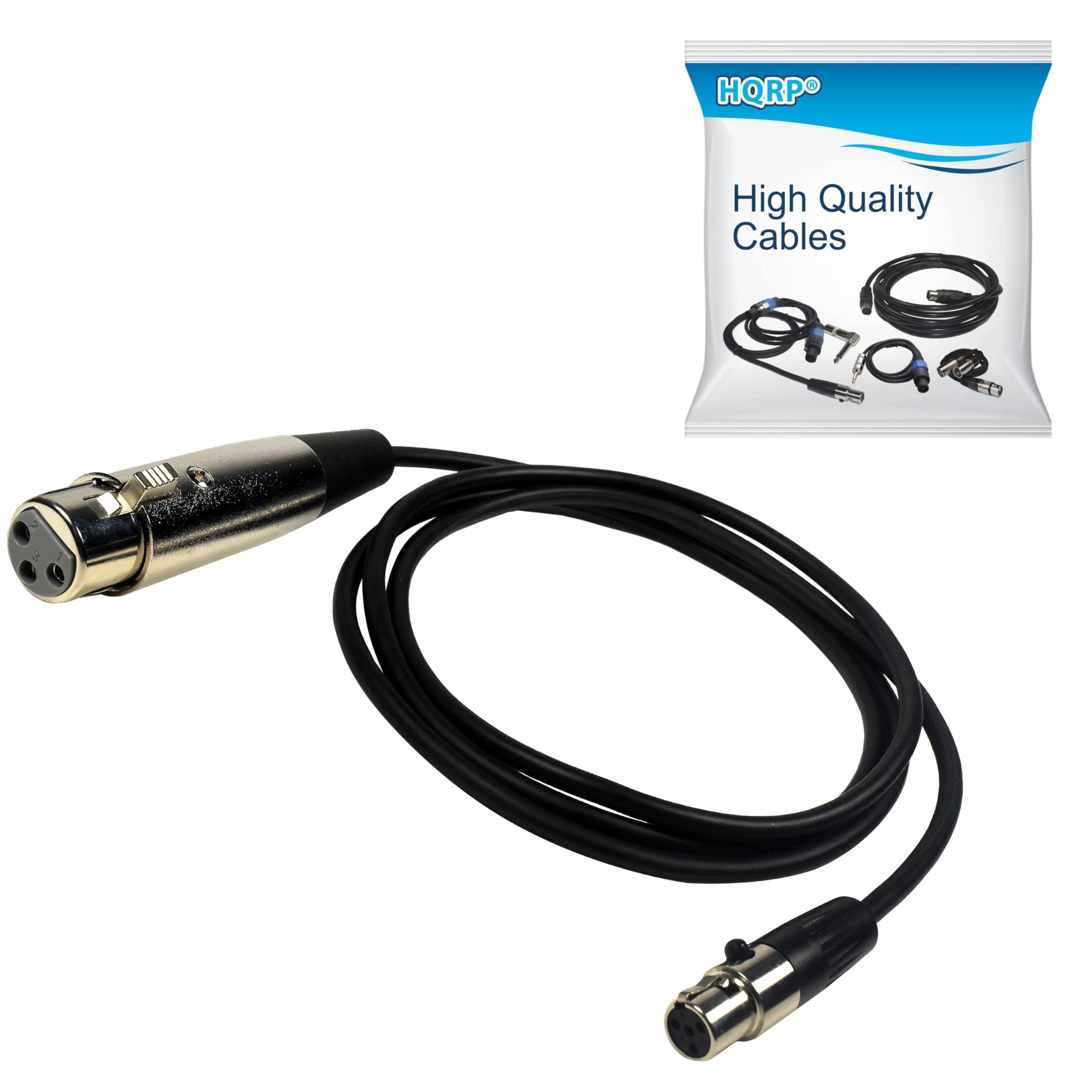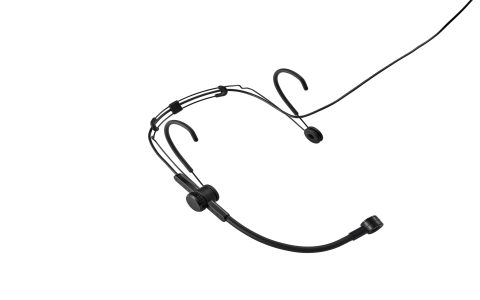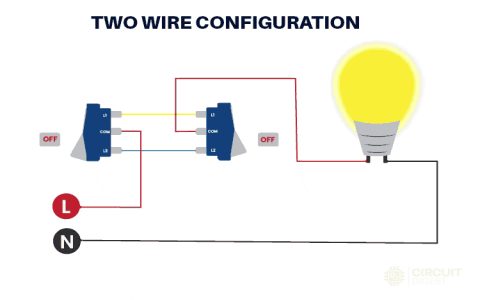Selecting the correct Ta4f (TNC 4-finger) connector type is critical for RF system performance and reliability. The primary variants are Ta4f (MMCX) and Ta4f (2.5mm). Here's a breakdown of key differences:
Physical Design & Mating Interface
The core distinction lies in the mating connector:
- Ta4f (MMCX): Mates with standard MMCX connectors. Features a snap-on, push-pull coupling mechanism. Characterized by its smaller size (approx. 3.5mm outer diameter mating zone).
- Ta4f (2.5mm): Mates with 2.5mm precision coaxial connectors (like those from Hirose or Rosenberger). Uses a robust threaded coupling mechanism. Larger than MMCX (approx. 4.13mm outer diameter mating zone).
Performance & Durability
- Frequency Range: Both support operations well into GHz ranges. Ta4f (2.5mm) connectors generally offer superior performance stability at higher frequencies (typically exceeding 6 GHz more reliably than standard MMCX) due to precision machining and better RF shielding.
- Durability (Mating Cycles): Ta4f (2.5mm) connectors significantly outperform Ta4f (MMCX). Standard MMCX interfaces are typically rated for 500 mating cycles, while quality 2.5mm interfaces can achieve 5,000+ cycles, meeting stringent requirements like MIL-STD-348.
- Vibration/Shock Resistance: The threaded coupling of Ta4f (2.5mm) provides vastly superior resistance to vibration loosening and shock compared to the snap-on MMCX, crucial for aerospace, defense, and industrial applications.
- Power Handling: Ta4f (2.5mm) generally handles higher power levels due to its robust construction and better thermal dissipation.
- IP Rating: Threaded Ta4f (2.5mm) connectors achieve higher IP ratings (e.g., IP67/IP68) for dust/water ingress protection compared to push-pull MMCX.
Application Fit: Choosing the Right Model
- Choose Ta4f (MMCX) if: Extreme miniaturization is paramount (e.g., compact modules, dense PCBs, consumer wearables), mating cycles are low (< 500), vibration is minimal, RF requirements stay below ~6 GHz, and cost sensitivity is high. Common in consumer electronics, small IoT devices.
- Choose Ta4f (2.5mm) if: Reliability, high mating cycles (thousands), vibration/shock resilience, excellent RF performance up to 6+ GHz, higher power, or environmental sealing are critical. Non-negotiable for mission-critical aerospace, defense, industrial automation, automotive, and high-end test equipment.
Key Trade-offs
| Factor | Ta4f (MMCX) | Ta4f (2.5mm) |
|---|---|---|
| Size | Smaller | Larger |
| Mating Mechanism | Snap-On (Push-Pull) | Threaded |
| Mating Cycles | ~500 | 5,000+ |
| Vibration Resistance | Moderate | Excellent |
| High-Freq Stability | Good (to ~6GHz) | Excellent (6+ GHz) |
| Durability/Sealing | Lower | Higher |
| Cost | Lower | Higher |
Conclusion: Prioritize Ta4f (2.5mm) for demanding, high-reliability applications where performance and longevity are critical. Opt for Ta4f (MMCX) only where extreme miniaturization outweighs the limitations in durability and high-frequency stability. Matching the connector model to the device's operational environment, lifecycle expectations, and performance requirements is essential for optimal system functionality.







